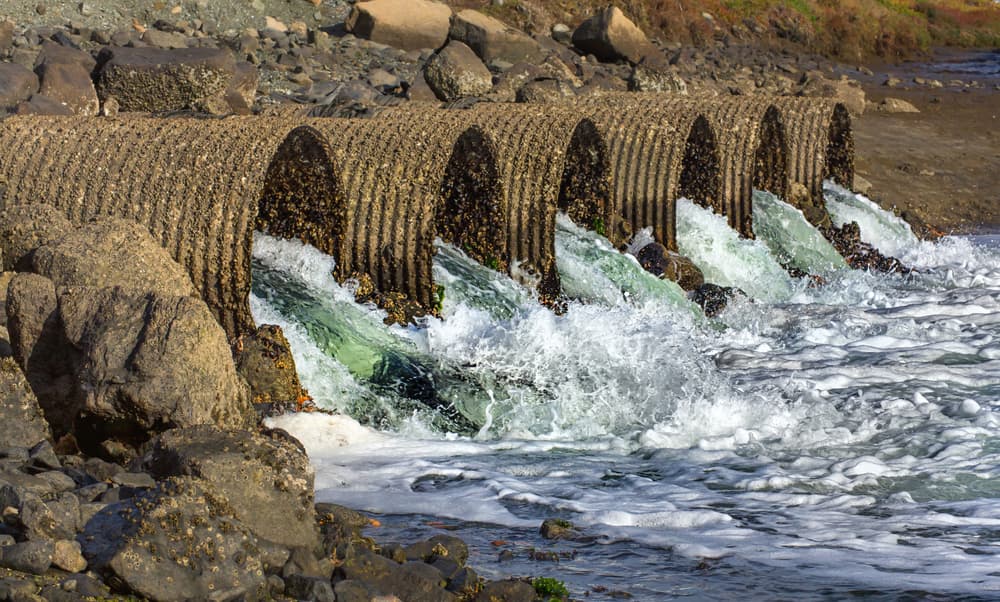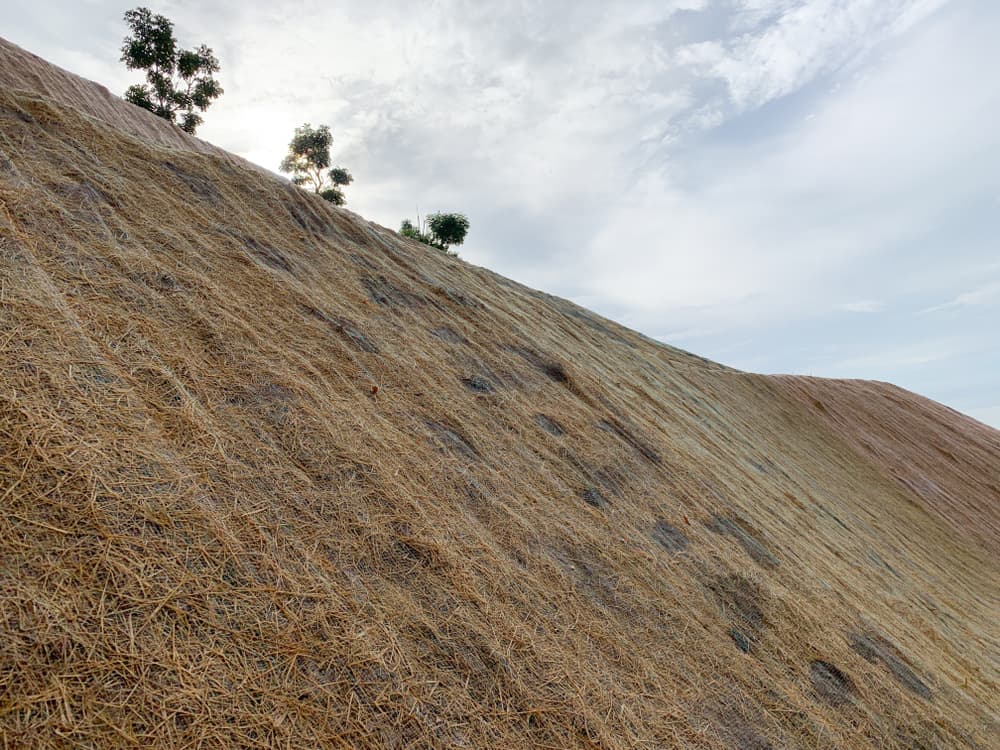If you’re a builder in Utah, you need to know about Long-Term Stormwater Management Plans (LTSWMP). New state regulations require that those doing construction make plans for managing stormwater and avoiding pollution for the long term. Attempting to stay in compliance with Utah Department of Environmental Quality laws can be complicated, frustrating and worrisome. But don’t worry — Erosion Control Services is here to help you with stormwater management regulations.
SWPPP & LTSWMP in Utah
Every builder knows that they must adhere to a raft of federal, state and local laws and regulations when they are working on construction projects in Utah. Many of these rules may seem tedious and unnecessary at first glance, but regardless, they must be followed.
One area of the law that Utah developers are likely familiar with is the Stormwater Pollution Prevention Plan. Here at Erosion Control Services, one of our main duties is to help companies comply with SWPPP.
But now, everyone must also comply with LTSWMP.
Why Is Stormwater Regulated?
In a way, stormwater is a fairly naturally occurring entity. It rains, water rushes downhill and collects at the lowest point — oftentimes a stream — and flows away. Although this doesn’t sound particularly dangerous, problems can lurk within the substances that the stormwater picks up as it flows into drains or downhill. Some examples are fertilizers, chemicals used to melt ice, sediment, trash and pet waste.
These substances can effectively poison waterways, even killing fish, turtles and other creatures that live in lakes and streams.
Further, stormwater can cause erosion as it flows downstream. Erosion can shift and even destroy landscapes. This is more problematic in areas in which trees, sod and other vegetation are removed, such as in the case of construction projects.
Flooding is also an issue. When new areas are developed and roads are built, storm drains are included as part of the plan. If they aren’t built correctly, however, water can pool dangerously in the roadways. Even when storm drains work correctly, streams can still overflow, causing property damage and other issues.
LTSWMP Compliance
With the new regulations, construction companies must not only ensure that they do not pollute the stormwater during the construction phase; they must also make a plan to prevent this from happening in the long term.
How can you do this? What should be included in your plan? Should plans differ from city to city and project to project, or can they all be the same?
Erosion Control Services can help you with these questions. We’re the experts in SWPPP and LTSWMP. We can help you draft a plan that keeps you in compliance with Utah DEQ.
Avoid mistakes and potential fines by working with Utah’s stormwater management experts, Erosion Control Services.



